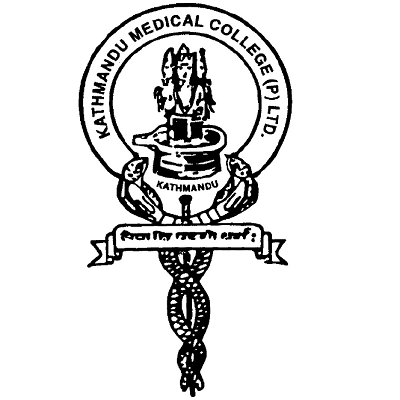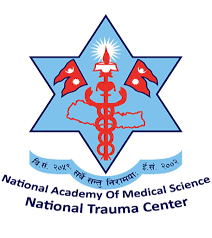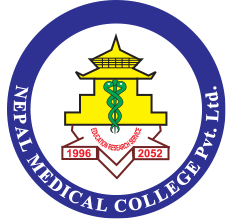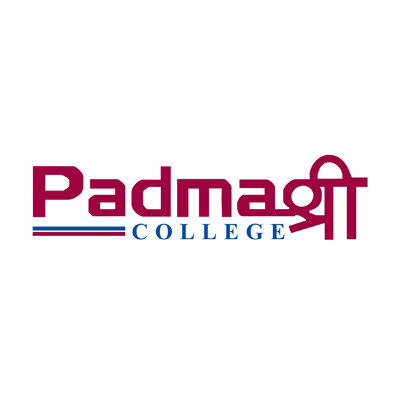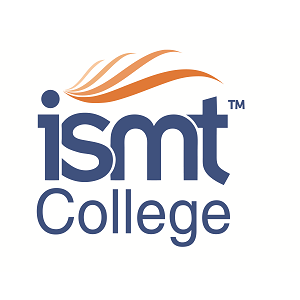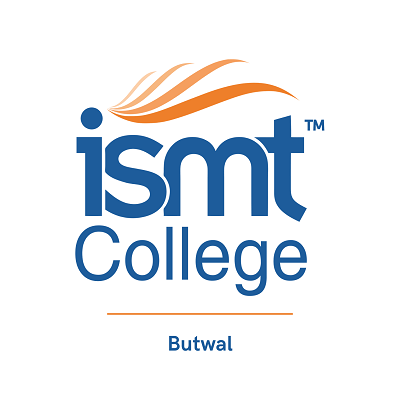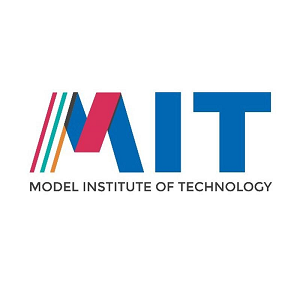Overview
DM Critical Care Medicine at Nepalese Army Institute of Health Sciences (NAIHS) College of Medicine
DM Critical Care Medicine at Nepalese Army Institute of Health Sciences (NAIHS) College of Medicine is a super-speciality doctorate program that prepares you to function as an intensivist in modern intensive care units. The program is affiliated with Tribhuvan University and runs at Shree Birendra Hospital, the teaching hospital of NAIHS in Chhauni, Kathmandu.
Shree Birendra Hospital is a tertiary centre with established ICU and CCU services, surgical facilities, and a strong background in caring for complex medical and surgical patients. This clinical environment gives DM trainees continuous exposure to sepsis, trauma, post-operative care, multi-organ failure, and other life-threatening conditions that require timely critical care decisions.
The NAIHS academic policy includes DM programs in Cardiology and Critical Care Medicine along with MCh Urology, approved under the DM/MCh framework of Tribhuvan University and the Medical Education Commission. According to recent seat distribution data and institutional information, DM Critical Care Medicine at NAIHS currently has one sanctioned seat, making the program selective and highly focused.
For doctors who already hold an MD in Internal Medicine, Anaesthesiology, or Critical Care Medicine, this pathway creates an opportunity to advance into senior roles in intensive care within the Nepal Army health system and the wider national health sector.
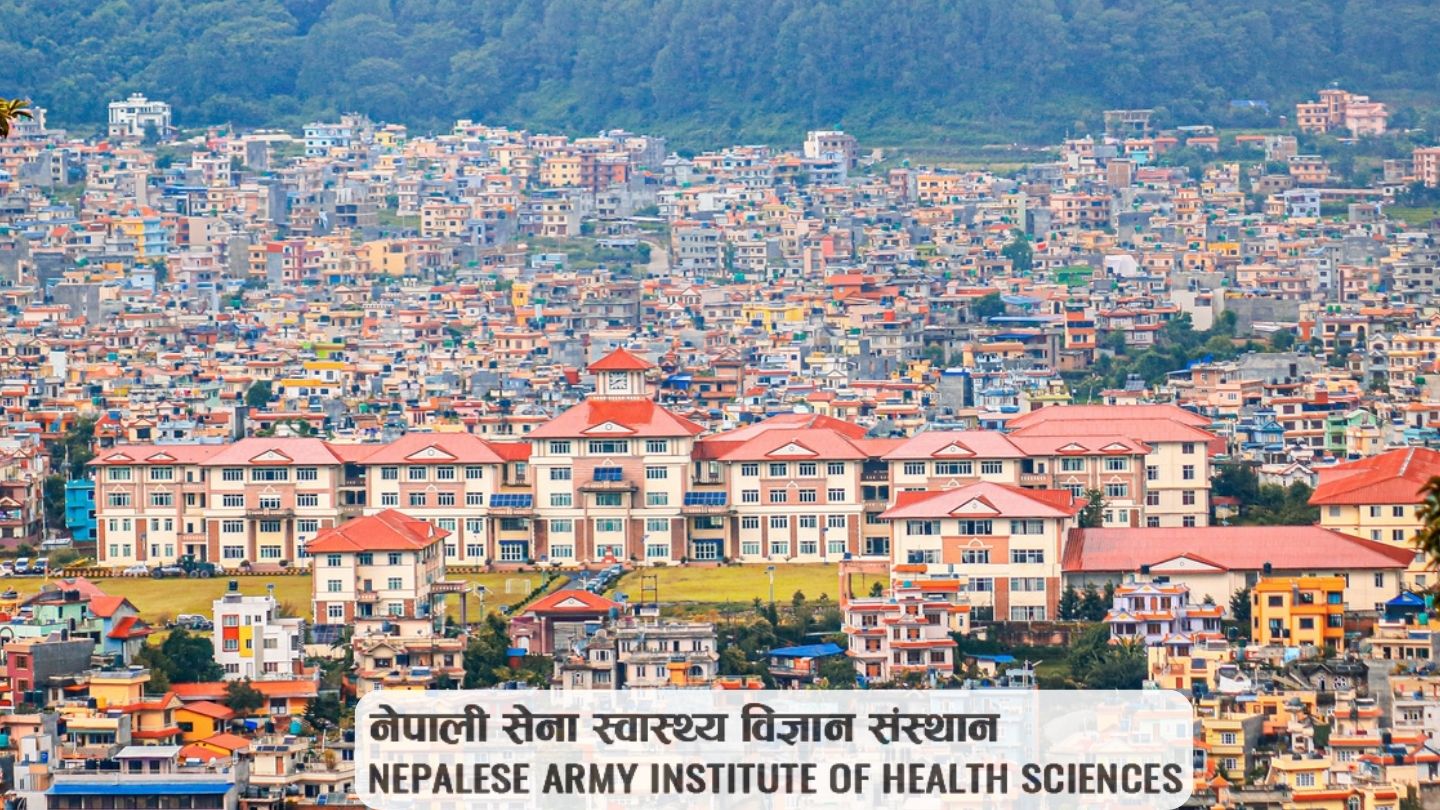
Highlights
-
Level: Doctorate of Medicine (DM) – super-speciality
-
Discipline: Critical Care Medicine / Intensivist training
-
Affiliation: Tribhuvan University; regulated by Medical Education Commission
-
Training site: Shree Birendra Hospital, a 600-plus bed tertiary teaching hospital with ICU and CCU facilities
-
Duration: 3 years full-time, as per DM/MCh norms in Nepal
-
Current seat allocation: 1 seat (subject to annual MEC seat distribution and institutional approval)
-
Entry stream: MD Anaesthesiology, MD Internal Medicine, or MD Critical Care Medicine with speciality registration in Nepal Medical Council
Curriculum Details
The curriculum follows the national DM Critical Care Medicine framework endorsed by MEC and Tribhuvan University. It combines advanced theoretical teaching, intensive bedside learning, and research.
Major academic domains include:
-
Applied basic sciences relevant to critical care
-
Cardiovascular, respiratory, renal, neurologic, and endocrine physiology
-
Pharmacology of vasoactive drugs, sedatives, analgesics, and antimicrobial agents
-
-
General principles of intensive care
-
Airway management and ventilation strategies
-
Sepsis and septic shock
-
Acute respiratory distress syndromes and advanced oxygen therapy
-
Hospital-acquired infections and infection prevention
-
-
Organ-specific critical care
-
Cardiac, respiratory, neurocritical, renal, gastrointestinal, and hepatic failure
-
Obstetric, trauma, and postoperative critical care
-
-
Monitoring and organ support
-
Hemodynamic monitoring, invasive lines, and point-of-care ultrasound
-
Renal replacement therapies in ICU
-
-
Ethics, communication, and end-of-life care
-
Research methodology, biostatistics, and dissertation work
You move from closely supervised responsibility in the first year to more independent decision-making in senior years, while still working under faculty guidance. The program expects you to present seminars, discuss recent literature, and participate in institutional academic meetings.
Objectives
The DM Critical Care Medicine program at NAIHS aims to:
-
Develop specialists who can independently manage complex critically ill patients in multidisciplinary ICUs
-
Build strong clinical judgment for rapid triage, stabilization, and ongoing organ support
-
Encourage responsible use of guidelines and evidence generated from national and international literature
-
Prepare intensivists who can guide ICU teams, participate in policy discussions, and contribute to the long-term development of critical care services in Nepal
Scope
Critical care medicine in Nepal has expanded steadily over the last decade, with increasing numbers of ICU beds and a growing demand for dedicated intensivists. Hospitals now handle severe infections, trauma, cardiac emergencies, and postoperative complications that require round-the-clock specialist care.
As a DM Critical Care Medicine graduate from NAIHS, you may:
-
Lead medical, surgical, or mixed ICUs in public, military, or private hospitals
-
Work as a faculty member in medical colleges, guiding MD and DM trainees in intensive care
-
Contribute to critical care protocols, antimicrobial stewardship programs, and disaster response planning
-
Engage in clinical research and quality-improvement projects targeting ICU outcomes, especially within the Nepalese Army health network and collaborating centres
Learning Outcomes
After completing this program, you are expected to:
-
Stabilize and manage patients with multi-organ failure, complex shock states, and severe respiratory distress
-
Select ventilatory modes, adjust settings, and interpret ventilator waveforms safely
-
Insert and manage central venous lines, arterial lines, and other invasive catheters using safe procedural steps and aseptic technique
-
Use bedside ultrasound for hemodynamic assessment, lung evaluation, and procedural guidance
-
Interpret ABG, complex laboratory data, and imaging findings in the context of critically ill patients
-
Communicate risks, prognosis, and treatment options clearly with patients’ families during stressful situations
-
Lead multidisciplinary teams, coordinate handovers, and maintain high standards of documentation and patient safety
Skill Development Modules
The program places strong weight on practical and cognitive skills relevant to day-to-day ICU work, such as:
-
Airway and breathing
-
Endotracheal intubation in emergency and elective settings
-
Non-invasive ventilation, high-flow oxygen therapy, and mechanical ventilation management
-
-
Circulation and organ support
-
Vasopressor and inotrope titration
-
Fluid management in sepsis, shock, and trauma
-
Temporary pacing and arrhythmia management in ICU
-
-
Procedures and interventions
-
Central venous and arterial cannulation
-
Chest tube insertion and management
-
Percutaneous tracheostomy assistance
-
Dialysis catheter placement in coordination with nephrology teams
-
-
Monitoring and interpretation
-
Continuous ECG, invasive blood pressure, and other ICU monitoring systems
-
Infection surveillance, antibiotic adjustment, and stewardship
-
-
Non-technical skills
-
Team leadership during resuscitation
-
Conflict resolution and shared decision-making with families
-
Teaching sessions for junior residents, nursing staff, and interns
-
Teaching Methodology
Training methods in DM Critical Care Medicine at NAIHS take place within a teaching hospital that runs regular academic activities and publishes its own peer-reviewed Medical Journal of Shree Birendra Hospital.
Learning formats include:
-
Bedside teaching during ward rounds and ICU rounds
-
Structured case presentations and problem-based discussions
-
Journal clubs focused on recent articles in intensive care
-
Mortality and morbidity meetings to review complex cases
-
Inter-departmental meetings with anaesthesia, surgery, internal medicine, and emergency medicine
-
Participation in undergraduate and postgraduate teaching within NAIHS
This mix of clinical and academic exposure helps you grow both as a clinician and as a teacher.
Admission Requirements
Admission to DM Critical Care Medicine at NAIHS follows national policies of the Medical Education Commission.
Typical eligibility criteria include:
-
MD Anaesthesiology, MD Internal Medicine, or MD Critical Care Medicine (or equivalent degree) from a recognized university
-
Speciality registration in Nepal Medical Council (or relevant medical council for foreign applicants)
-
Successful performance in the MECEE-DM/MCh/NBMS-SS common entrance examination conducted by MEC, which is a multiple-choice based national exam for all DM/MCh programs in Nepal
-
Participation in the MEC online matching process, where you select DM Critical Care Medicine at NAIHS College of Medicine as a preferred program; seat allocation depends on merit, category, and annual seat distribution
Recent institutional and MEC data indicate one approved seat for DM Critical Care Medicine at NAIHS, though this number may change when new seat distribution notices are published.
Tuition fees and other financial obligations are fixed according to MEC frameworks and institutional policies for super-speciality programs. Candidates must refer to the latest official notices from NAIHS and MEC for accurate fee details.
Career Opportunities
After graduation, you may work as:
-
Consultant intensivist in Shree Birendra Hospital and other defence or government hospitals
-
ICU head or senior consultant in tertiary centres and teaching hospitals, including those affiliated with Tribhuvan University or other universities
-
Faculty member in medical colleges, supervising MD residents and contributing to structured DM training
-
Researcher focusing on sepsis outcomes, ventilator practices, ICU infections, or resource-appropriate critical care models in Nepal
The program builds a profile that aligns with national needs for trained intensivists capable of handling mass casualty events, pandemics, and the everyday workload of busy ICUs.
Scholarships and Financial Aid
DM and MCh programs in Nepal follow MEC regulations for categories such as scholarship, government-sponsored, and paying seats at the national level.
For DM Critical Care Medicine at NAIHS:
-
The current single seat is allocated according to MEC rules and the institutional policy of Nepal Army health services.
-
Scholarship or sponsored opportunities, if any, are usually linked to service obligations in public or military hospitals.
-
Prospective applicants who serve in government or security forces should confirm possibilities for sponsorship with their parent organization and NAIHS administration.
Because these rules change over time, you should always check the latest MEC DM/MCh admission notice and NAIHS official announcements before making career or financial decisions.
Why Choose DM Critical Care Medicine at NAIHS College of Medicine?
-
Training occurs in Shree Birendra Hospital, a high-volume tertiary centre that handles military and civilian patients, including trauma, complex medical cases, and infectious disease outbreaks.
-
The hospital has ICU and CCU facilities and an active research culture, reflected in the Medical Journal of Shree Birendra Hospital.
-
As part of NAIHS, the program connects you with other postgraduate courses (MD, MS, DM, MCh), allowing frequent inter-speciality collaboration and team-based care.
-
Location in Kathmandu provides access to national conferences, workshops, and collaborations with other universities and teaching hospitals.
For many experienced clinicians, this setting feels suitable for long-term growth as an intensivist who wants both clinical depth and academic engagement.
Conclusion
DM Critical Care Medicine at NAIHS College of Medicine offers a structured path for MD-trained doctors who want to devote their careers to intensive care practice. The program combines the clinical load of Shree Birendra Hospital, the academic support of a military medical college, and the regulatory framework of Tribhuvan University and MEC.
If you want to contribute to critical care in Nepal through clinical service, teaching, and research, this super-speciality route provides the framework to move into senior intensivist roles in both defence and civilian health systems.
Frequently Asked Questions (FAQ)
1. Who can apply for DM Critical Care Medicine at NAIHS?
Doctors who have completed MD Anaesthesiology, MD Internal Medicine, or MD Critical Care Medicine (or equivalent) and hold speciality registration in the Nepal Medical Council can apply through the national MECEE-DM/MCh/NBMS-SS examination conducted by MEC.
2. What is the duration of the DM Critical Care Medicine program?
The program runs for three years as a full-time super-speciality course, in line with DM/MCh norms used by universities and MEC in Nepal.
3. How many seats are available for DM Critical Care Medicine at NAIHS?
Recent institutional and MEC documents show one approved DM Critical Care Medicine seat at NAIHS College of Medicine, though future seat numbers depend on periodic reviews by MEC and Tribhuvan University.
4. How is admission decided?
Admission depends on your performance in the MECEE-DM/MCh/NBMS-SS entrance examination and the subsequent computer-based matching process run by MEC, where programs and seats are allocated based on merit and choices filled by candidates.
5. Are foreign candidates eligible to join this program?
MEC notices state that the DM/MCh integrated entrance examination accepts applications from both Nepalese and foreign candidates. Availability of foreign category seats for DM Critical Care Medicine at NAIHS depends on annual MEC seat distribution and institutional policy, so international applicants should confirm the current status through MEC and NAIHS websites.


